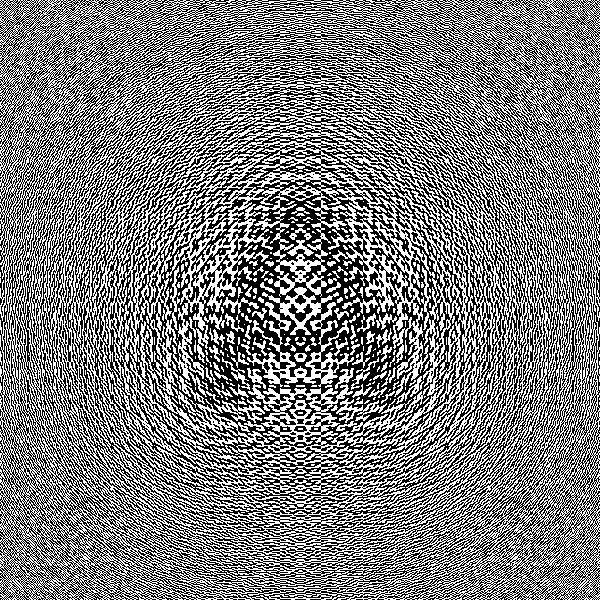I think you may be confusing several ideas. The problem with phrases like "digital holography" and "computer generated holography" is that these phrases are not precisely defined. Hence, each person has a different concept in mind.
Firstly, digital holography, or digital holograms, usually refers to the fact that the image source is a digital medium, but the hologram is conventional. Basically, in the old Lloyd Cross method, each frame in a video sequence was photographed, then each photograph was back-illuminated (ie light was allowed to pass through it from the back) and some suitable material was added to cause scattering. Thus, an image was created from particular photograph in the video sequence. This image was squeezed into a single line, or slit, by means of lenses, and recorded in the conventional way as a hologram with a ref beam. The plate was then moved by one slit width (or the slit was moved) , the next photograph was brought into place and recorded. So, for example, in The Kiss, you have the woman blowing a kiss at you as she turns. You make a video of it with a movie camera. You place the movie film into a projector and remove the back of the projector. Let's say you want 300 frames across an 8x10in (20x25mm) plate. This means a slit width of either 10/300 in (25/300 mm). So, you run the movie projector, one frame at a time. At each frame, you expose only one slit width of the hologram (~ 0.08mm), then you move the hologram plate (or the slit) by 0.08mm, bring the next frame into the projector and repeat. This is tedious and time-consuming.
Nowadays, instead of a movie camera and a real film, you can set up a video sequence in a computer. The video sequence does not have to be real, it can be a CG sequence of images from MAYA, POSER or any number of 3D image software packages. Instead of threading the movie frames into a projector, you display them on a digital image device, eg an lcd, slm or even your laptop screen (if you can get the back off). The process is then pretty much similar. You create a software package that automates the display of a frame and so bring up the first image of the sequence, shoot it as a slit image, move the slit (or hologram) and shoot the next image. So, for example, the software will do the following (assuming you're moving the plate instead of the slit):
Start with placing all the video frames into a particular folder
Software starts with frame 1 (somehow) and so places frame 1 onto the digital device, let's say an slm
Software waits for settle time (user controlled)
Software opens shutter for a expose time (user controlled)
software moves plate by one slit width (user controlled)
software places frame 2 into slm
Software waits for settle time
repeat.
For example, here's one we made using a similar system, but arranged horizontally, instead of vertically. The image is a CG sequence made from BLENDER
https://www.youtube.com/watch?v=zgcKKgQPjuw
This method does not calculate anything. It merely uses a digital image device as the object source and slices the imagery by software.
Now, instead of slicing the images into slits, you can break up the images as a set of square elements, based on view angle. Then, you record each individual square as a square hologram. So, you can break up the image elements into a 300x300 (or even 1000 x 1000) array and record the hologram as a 300 x 300 (or 1000x1000 array). Now, you can pack more information in, and so get parallax in both horizontal and vertical directions. The number of elements per unit distance is the "resolution" of the hologram. However, the spatial frequency of the hologram is not the same as the resolution. This is an often confusing concept. But, you still have not calculated any Fourier transforms. You've broken up the image into a particular geometry. These individual elements are called "hogels". Each one is a hologram in it's own right.
